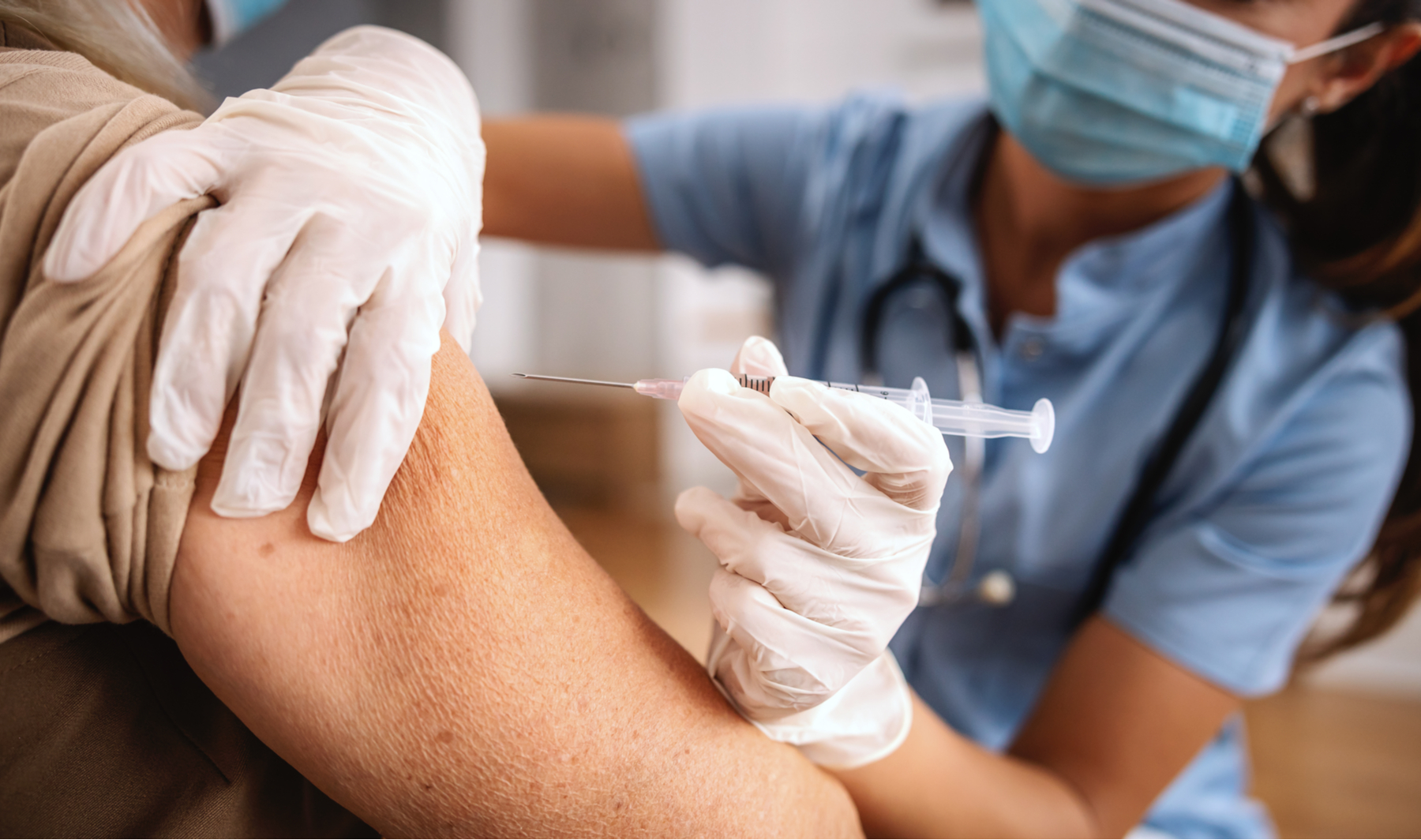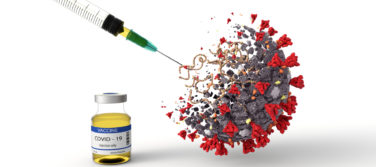The rollout of the COVID-19 vaccines has not gone as smooth or as fast as many would have liked. Some of that has been caused by a shortage of supplies and some of it has been caused by continued apprehension about getting the vaccine—even among some healthcare workers. In fact, Governor Mike DeWine of Ohio estimated that 60% of nursing home employees in the state were not taking the COVID vaccine in early clinics. And in a survey of 8,243 nursing home and assisted living facility staff in Indiana, 55% of respondents indicated that they were not willing to receive the vaccine at the earliest opportunity—but 44% of those were open to taking it at a later date.
The good news is the numbers among the residents in nursing homes and long-term care facilities has been far more promising. Mark Parkinson, President and CEO of the American Health Care Association, told CNN that 95% of the residents are taking the vaccine. So, what is leading to the effective rollout of the vaccine in those facilities? How can staff at these facilities feel safer about getting the vaccine at the first opportunity? What lessons can be learned by the rollout of vaccine in these facilities that can be applied as more locations and people gain access to the vaccine?
To answer those questions and more, PM360 conducted an email interview with Paula Love, Director of Clinical Informatics at Avamere, which provides assisted living, independent living, memory care, rehabilitation, home care, transitional care, and more in over 300 locations across 20 states. In addition to her corporate role with the organization, Paula has also returned to the frontlines as a nurse to help out with a COVID Recovery Unit for a second time this year.

PM360: Within nursing homes and other long-term care facilities, what kinds of programs or strategies are proving effective in creating a positive experience in which residents feel safe to get the vaccine?
Paula Love: Our Chief Medical Officer, Dr. Elizabeth Burns anticipated a short window between the time the vaccine would receive emergency use authorization (EUA) and when shots would get into arms and the key to a successful campaign would be education. Due to the rapid nature of the distribution, information with educational materials were not available early. Dr. Burns created a framework for the organization for successful educational campaign for staff, patients, and families with a repeated theme of early and frequent communication.
There were FAQs, video webinars on the COVID vaccines, and news interviews she did with PSAs about the importance of this safe and highly effective vaccine and the importance of continuing public health measures. She engaged with all leadership to teach and train using slide presentations and fliers that would allow leadership and champions in all our facilities to have a collective voice in ensuring accurate and timely information was available for all.
Dr. Burns also hosted weekly Zoom Town Halls with continued and ongoing education on the vaccine and vaccine hesitancy with open forum for question and answers and direct access to her via email to further discuss any questions that may arise. She was very transparent, fielding questions from residents and staff members alike, and being very honest and empathetic to where people are at. These sessions are also available for staff and family/patients to review. Our Medical Directors in the facilities also hosted town halls for families and patients along with one-on-one conversations available as well.
We also implemented daily command center calls to coordinate information surrounding the vaccine distribution from our pharmacy partners and information from the state as Dr. Burns was a part of the LTC Vaccine Distribution Counsel in the state of Oregon. Information was at times sparse and coming in from different sources, so the leadership teams met daily to share information and the learnings from each other once the vaccine clinics were initiated. This was done to ensure the process was going as smoothly as possible, from making sure the rooms were set up correctly to having a one-way flow for social distancing to dealing with delays from people being late to appointments or having enough space for residents to be monitored closely for 15 minutes after receiving their dose, which is a standard practice. The constant communication was essential to making sure everything was in order on the logistics front. When it came time for our first clinic, our leadership team—including Dr. Burns and Carl Tabor, RN, President Skilled Nursing Division—was first in line to be vaccinated because people were afraid to do it and that positive example for our residents and staff really made all the difference.
What kind or education or materials about the vaccine seem to resonate the most with residents? Is anything specifically focused on residents who are reluctant or have doubts about getting the vaccine?
We have not had much difficulty with residents wanting the vaccine and I believe our approach to education was a huge reason for that. Our leadership team was very transparent and we really had very few patients that declined the vaccine. In fact, 82% of our residents have been vaccinated as of January, 26 2021 and expect to have more than 88% vaccinated by mid-February, with a goal of our whole facility, including staff, being vaccinated by February, 28 2021. The majority of our residents were feeling very comfortable about the process due to the Zoom Town Halls we were hosting, the materials we were giving them, and the one-on-one conversations we were having to answer questions they may have had on their minds. Our residents have been quarantining and social distancing for many months, so most were very excited and hopeful when the vaccine made its way to our facilities.
How did Avamere approach preparations for the vaccine?
We worked with Walgreens to set up three clinic dates and track our vaccinations within PointClickCare. Honestly, I was so happy to see that they had already updated their EHR platform to include a COVID-19 immunization tab because it was that little detail that saved our team so much time. In the event a resident is discharged in-between clinic dates where they were scheduled to get their second dose, we offer them the option to come back to get their second vaccination, or we hand out a token that they can present at Walgreens to get their final shot.
What about strategies for healthcare workers who are potentially reluctant to get the vaccine? Is it different from the long-term care residents?
Our staff had the access to the education materials they needed about the vaccine, but they were still apprehensive, which was understandable. Many of our younger staff members were initially unsure and ended up delaying scheduling their vaccine. We are also advocating to be able to secure the Moderna vaccine after the Federal Pharmacy Program ends. Since the hospitals are able to secure their vaccine and keep onsite, it increases the access for staff to receive when they have made this important decision.
By only having three separate opportunities to access the vaccine, it limits higher uptake among long-term care staff and we know in the future it will be imperative to have the vaccine onsite for our patients and staff. Many of them waited to see how our first clinic went to see how people who were vaccinated felt afterwards, and it has been an overwhelming positive outcome in our organization. We saw an uptick in sign-ups from our staff for our second clinic. One of our most asked questions was about the timeline for effectiveness of the vaccine, and of course that is still unknown—it could be three months, six months, a year—but our leadership team was able to acknowledge people’s anxiety, calm everyone’s nerves as much as possible by talking things through with clear, open communication.






